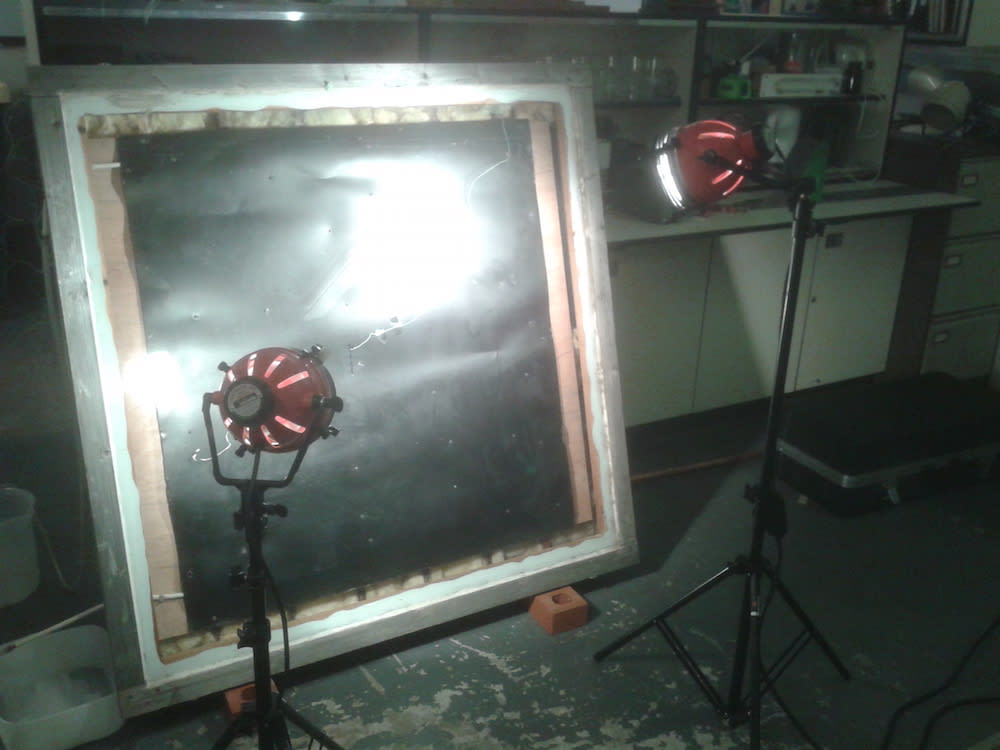Water related issues are expected to globally increase in coming decades due to depleting water tables. Main objective of this study is to treat available water in rural areas of tropical regions, fit for human consumption by pasteurizing it to a temperature of 70 degree Celsius by designing, fabricating and testing a simple and reliable gravity flow driven system using solar energy at affordable cost.
In general, comparison of various technologies are confounded by wide cost ranges and by the complexity of qualitative factors such as maintainability. At the village level, slow sand filtration is most cost-effective, but requires significant input of low-cost labor. Chlorination dosing plants and UV are also relatively inexpensive in village level approaches; both of them require pretreatment to reduce turbidity and to filter cysts and worm eggs. UV treatment is very simple and quick to implement but requires access to technical infrastructure for parts and maintenance. At a village level, boiling has no capacity cost but has very high fuel and labor costs. Hence, pasteurization using solar energy might be an alternative option.
The project mainly consisted of the design of components such as the solar collector plate and counter flow heat exchanger. By pre-heating water due to heat transfer arising between the outer and inner tube of the concentric counter flow heat exchanger; the efficiency of the overall system could be increased.
Detailed design using Excel as an analytical tool calculated the best prototype that could be economically fabricated. Based on the tests performed, the highest temperature recorded using thermocouples was 64.5 degree Celsius which is insufficient for killing pathogens in the water. However, an extrapolation of the experimentally measured values of the system helped in determining the credibility of the system to be used in the tropical areas.
The project has achieved the objective of being sustainable by using readily available materials such as, rubber piping and an alloy material for the flat-plate collector. This makes it possible to classify the system as cost-effective. As most of the materials are readily available and need not be outsourced implies its wider applicability and acceptance.
The investigations of this project shows that, enhancement of design to attain water pasteurization temperature and minimization of system cost has been targeted as a promising field for improvements. Finally, to minimize the problems due to water borne diseases, especially in the tropical regions, heating water using cheap, abundant and affordable technologies using solar energy could assist in the reduction of dependency on conventional fossil fuels.
Like this entry?
-
About the Entrant
- Name:David Furtado
- Type of entry:individual
- Software used for this entry:MS-Excel
- Patent status:none

